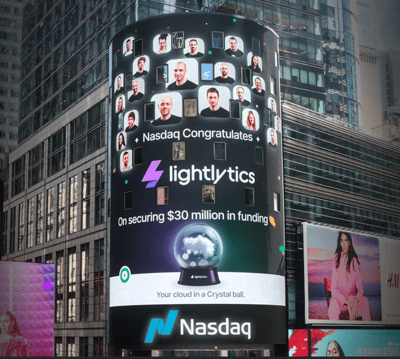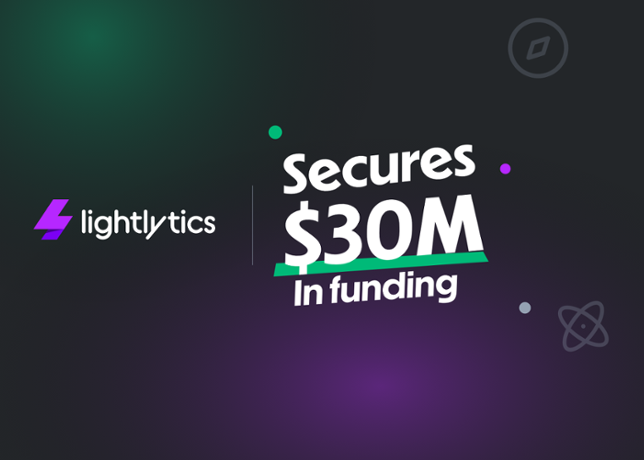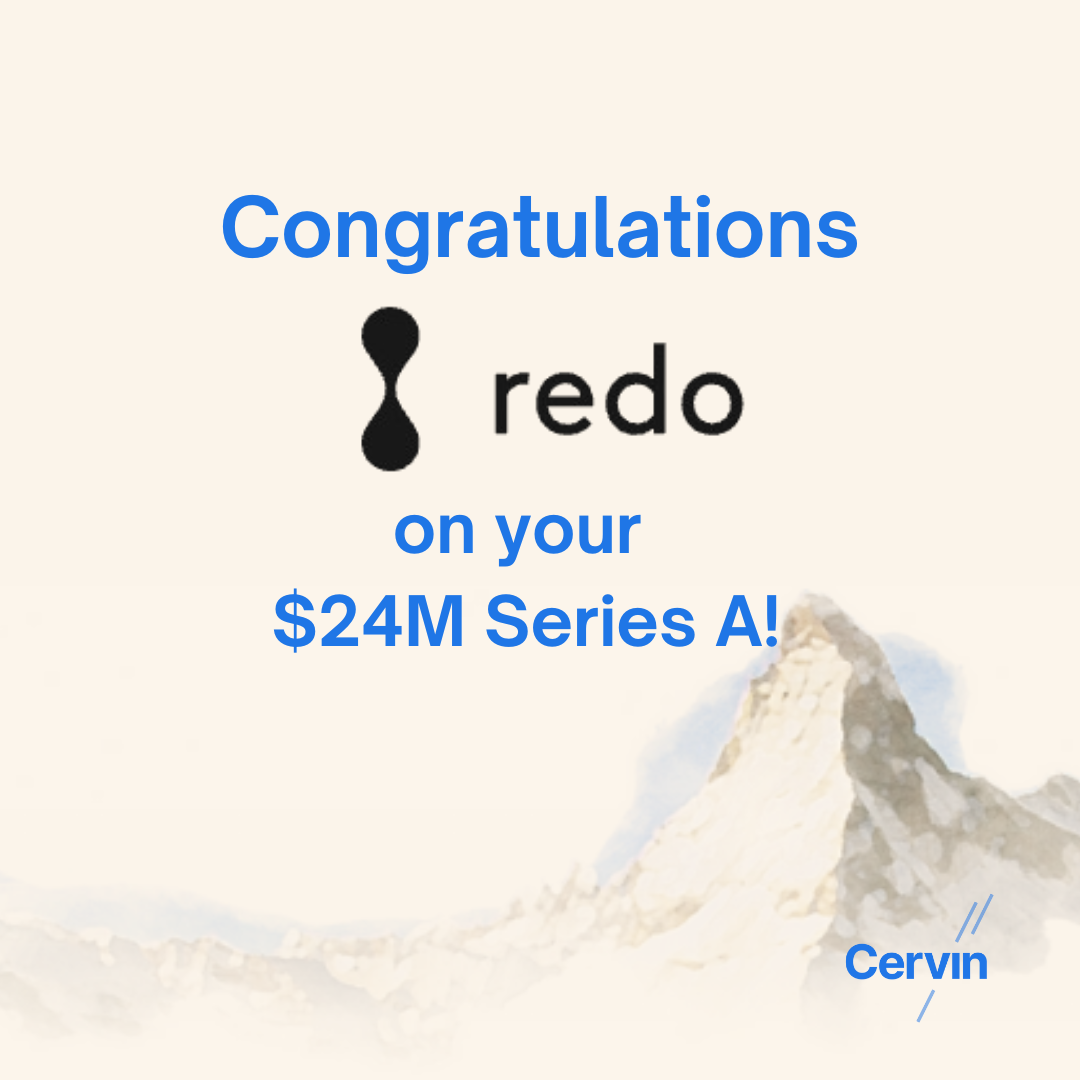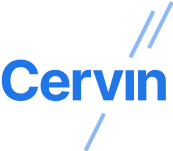The round was led by Energy Impact Partners (EIP), with participation from Cervin and previous investors, TLV Partners VC and Glilot Capital Partners VC. Lightlytics has raised $30 million to date.
The company will use the funds to continue to scale out its go-to-market strategy, triple headcount in 2022, and open an office in the U.S.

Why We Invested
Lateral Thinking (noun)
“The solving of problems by an indirect and creative approach, typically through viewing the problem in a new and unusual light.”
Enterprises are burdened with trying to solve a multi-variable problem. On the one hand, they are increasingly becoming cloud-dependent, effectively relying on an infrastructure that isn’t controlled by them, but rather by the Cloud Service Provider (“CSP”) platforms such as AWS and Microsoft Azure. While the CSPs provide the building blocks on top of which the applications run, the operation of those applications and how those mesh with the underlying platform is managed by the DevOps teams. Those teams are expected to “keep the lights on”, i.e, to make sure the applications are running smoothly, and therefore need to have an intimate familiarity with the infrastructure platforms. On the other hand, Enterprises are expected to release software faster and automate the code development process, effectively needing to rely on DevOps toolchain tools to enable more rapid design, testing, integration and code submissions into live production, all while making sure their code base can scale, is secure and has no faults. The challenges of keeping up with the combination of velocity and complexity is only exacerbated with the transition to containerized workloads which adds complexity for DevOps in trying to understand the underlying infrastructure.
In order to solve for those challenges, traditional ITOps, which worked for the long cycles and low availability needs of the on-premise world, have been replaced by cloud-native solutions, which can help DevOps, DevSecOps, and Dev teams to make sure they can:
- Develop code rapidly and integrate it through a Continuous Integration / Continuous Development (CI/CD) or GitOps framework.
- Pair that code-base with a codified representation of the cloud infrastructure (Infrastructure-as-Code, IaC).
- Deploy the code into production environments where the app and environment would be monitored for performance issues, using Application Performance Management (“APM”) tools and Infrastructure Monitoring tools (such as Datadog), as well as for security issues, using Cloud Security Posture Management (“CSPM”).
A few significant flaws still exist in this development cycle. Some processes along the chain are still manual and require automation. Moreover, a silo and knowledge gap still exists between the Application and Infrastructure, with most Enterprises requiring shared responsibilities but no collaborative tools or unified knowledge base that serve both. Such manual processes include:
- Planning of the next application and supporting infra needs
- Review of the code ahead of deployment
- Continuous operations
A cross-functional team is required to bridge those gaps. When we met the Lightlytics founding team - Or Shoshani, Stav Sitnikov and Liran Roffman, we quickly realized they have the collective fabric, pain point understanding, and grit to undertake this massive challenge.
This is where some lateral thinking came into the picture. When the Lightlytics team laid out that thinking, it was evident that they are uniquely qualified to solve this problem and that the platform is only hitting the tip of the iceberg, in terms of applicability to additional use-cases.
The Lightlytics team has been inspired by powerful concepts taken from their experience in emulating massively complex systems and functionality at scale. In doing so, they realized you can apply similar mathematical concepts from other industries, and apply those to the software planning and build process. In doing so, Lightlytics can predict and avoid costly mistakes which will impact performance and operations in a live cloud production environment. The result is a real-time simulated model, or “Cloud Twin”, of the production environments across the entire cloud-native stack that simulates all configuration changes. Developers and engineers can then use this model to automatically predict, preempt, and prevent critical business disruptions caused by infrastructure changes.
We feel incredibly fortunate to have the opportunity to partner with founders Or Shoshani, Stav Sitnikov, Liran Roffman, and the entire Lightlytics team as they look to solve this challenge. We are proud to welcome Team Lightlytics to the Cervin family.






